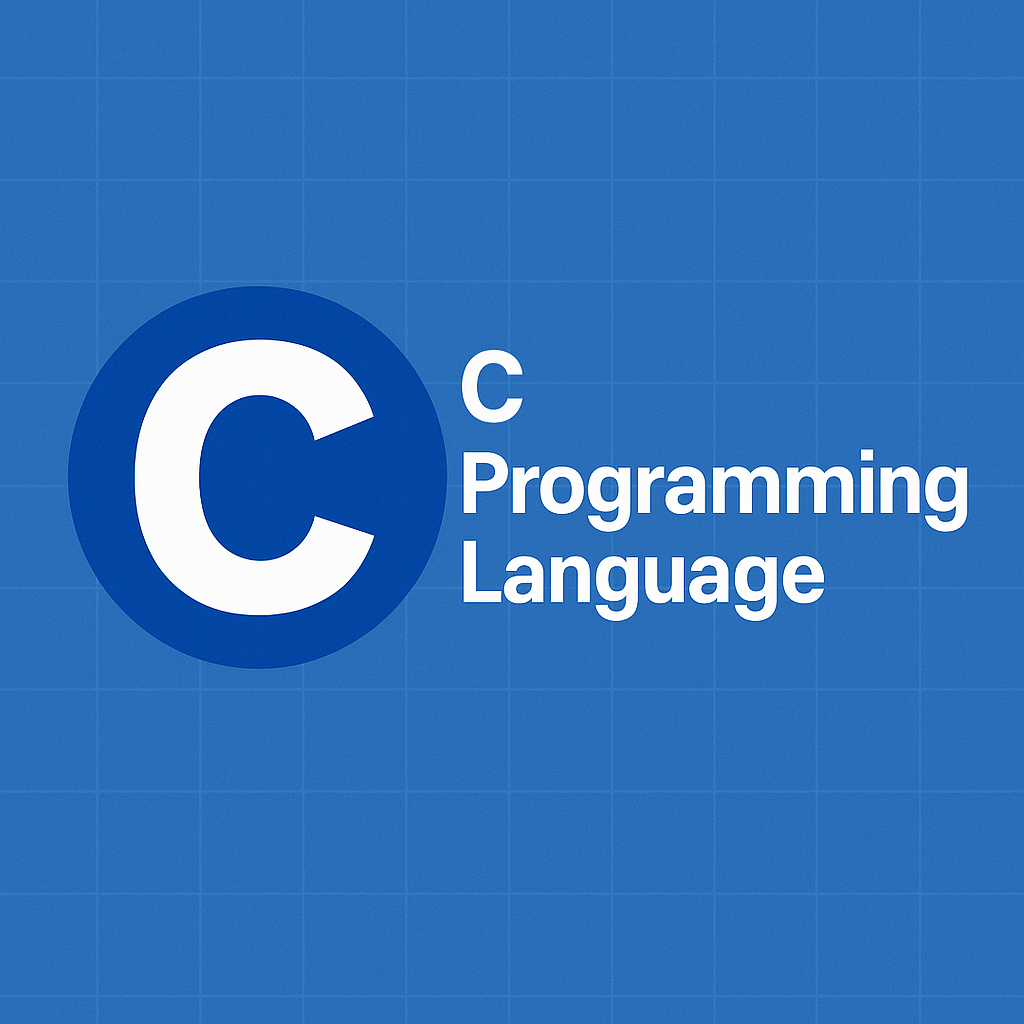Top 10 Reasons Why Learning the C Programming Language Still Matters in 2025

The C programming language is one of the most powerful programming language remains foundational for developers building fast, efficient software. Originally developed in 1972 & created by Dennis Ritchie at Bell Labs, still powers modern computing. (Wikipedia), C still powers billions of devices globally. Operating systems, device firmware, robotics, and compilers depend on its low-level control and high-performance nature. This guide explores C language fundamentals, use cases, industry value, and relevance for IT agencies like LogicNosh.
🟩 What Is the C Programming Language
C is a compiled, procedural programming language offering static typing and low-level memory access. Developers use it for system software, embedded applications, and performance-critical code. C allows direct interaction with hardware, making it ideal for microcontrollers, processors, and operating system kernels.
🟩 Key Features of C Language
| Feature | Description |
|---|---|
| Static Typing | Variable types enforced at compile time |
| Pointer Support | Direct memory access using pointer logic |
| Procedural Structure | Functions and modules form application core |
| Platform Portability | Code compiles on multiple systems |
| Lightweight Runtime | Minimal abstraction layer |
🟩 C in the Modern IT Industry
Despite the rise of Python, Rust, and Go, IT companies still use the C programming language for:
- Real-time industrial control systems
- Embedded medical devices
- Sensor-based automation
- Hardware interfacing in robotics
- Building compilers, interpreters, debuggers
- Optimizing core libraries in C++
LogicNosh, as a modern IT agency, leverages C in backend logic for performance-intensive systems, embedded software consulting, and legacy migration services.
🟩 C vs Modern High-Level Languages
| Metric | C Language | High-Level Languages |
|---|---|---|
| Speed | Native performance | Slower (interpreted/VM) |
| Memory Control | Manual | Automatic (GC) |
| Abstraction | Low | High |
| Flexibility | Hardware focused | Web/data focused |
| Security | Less secure | Sandboxed environments |
🟩 Benefits of Learning C in 2025
- Enhances understanding of computer architecture
- Sharpens algorithmic thinking
- Improves debugging skills
- Enables embedded system development
- Forms a gateway to C++, Rust, and system-level languages
🟩 Tools Used with C Programming
| Tool | Purpose |
|---|---|
| GCC, Clang | Compilers |
| VS Code, Vim | Text editors |
| Code::Blocks | GUI IDE |
| GDB | Debugging C programs |
| CMake | Build configuration |
| Valgrind | Memory debugging |
🟩 Enterprise Use Cases of C
| Industry | Application |
|---|---|
| Automotive | ECU firmware, CAN bus communication |
| Defense | Radar control software, signal systems |
| Healthcare | Monitoring devices, biosignal reading |
| Telecom | Baseband processing, routing software |
| Consumer Electronics | Remote control logic, TV firmware |
🟩 How IT Agencies Use C
IT service providers like LogicNosh offer solutions involving the C programming language:
- Optimization of embedded firmware
- Migration of legacy C applications to modern stacks
- Integration of hardware APIs with higher-level services
- Development of device-level drivers
- Code auditing for security vulnerabilities in embedded C
For clients in robotics, automotive, and manufacturing sectors, these services ensure robust, efficient, and scalable hardware-software integration.
🟩 Limitations of C Language
- No native OOP support
- Manual memory handling risks
- Weak type safety
- Complex for web development
- Requires deep debugging expertise
🟩 FAQs – C Programming Language
Q1: Where is C programming used in 2025?
C is used in embedded systems, OS development, compilers, robotics, and low-level device communication.
Q2: Why choose C over modern languages?
For performance, hardware access, and control, C outperforms high-level alternatives.
Q3: Can C be used in web or mobile development?
C is not ideal for frontend or cross-platform mobile development. However, it supports backend libraries and system logic.
Q4: Does LogicNosh provide C-based development services?
Yes. LogicNosh offers embedded development, legacy migration, and performance optimization using C.
Q5: Is learning C relevant for full-stack developers?
Yes. Understanding C enhances backend logic, memory optimization, and systems integration for full-stack professionals.

🟩 Final Thoughts
C programming language offers unmatched control, speed, and portability. For developers, engineers, and IT firms, C remains essential. LogicNosh integrates C-based development in high-performance systems, embedded solutions, and optimization services — ensuring reliable software at the hardware level.
Contact Us







